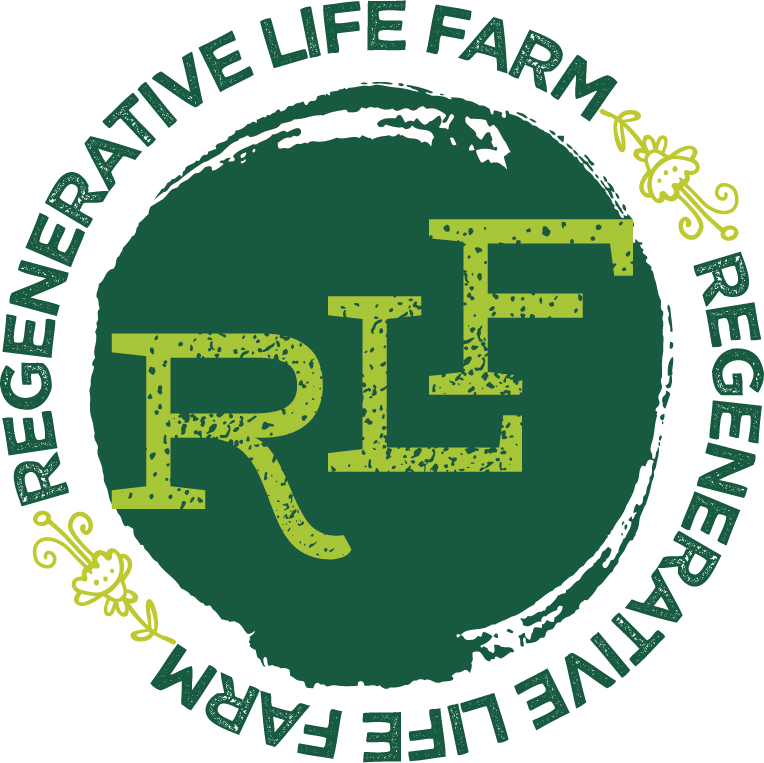Soil
This appeared in the October 7, 2021 edition of The Fish Wrap.
If you’ve driven by RLF lately you know we're digging. Next summer our vegetables will be watered from our pond. We spend a lot of time thinking about the topsoil that we grow in, but the pond project has opened up the miraculous world of the lower soil layers, formed from rocks and decaying plants and animals.
The layers, or soil horizons, tell a story of how the soil was formed. On top is the organic surface layer, made up of decaying plant matter, followed by surface soil with plants, animals, fungi and minerals. Next comes subsoil with less organic matter and more iron oxides and clay minerals, then the substratum which is made up of rocks. At the bottom is the bedrock which is a mass of hard rock.
There are over 700 types of soil in Illinois, and our state soil is Drummer silty clay loam which puts ours among the most productive farmland in the world. Around here is a timber area with less topsoil than farther north which was prairie. We have a layer of glacial till made up of all the different soil types mixed together as they got pushed in front of glaciers. The most recent glacial event is called the Wisconsin glacier which passed over from 150,000 to 50,000 years ago.
It’s fascinating to see the history of nature that is revealed by excavating. We have seen red, black, yellow, green and clear sand. Where did it come from? But the gold we’re hoping to find is plenty of highly-compactable blue clay which will be used to line the bottom and sides to make the pond hold water. Just as we do with the garden, we are working with mother nature to create a sustainable life for ourselves and our community!
